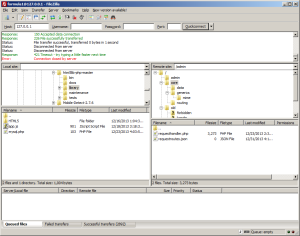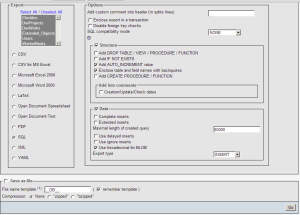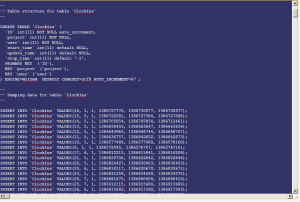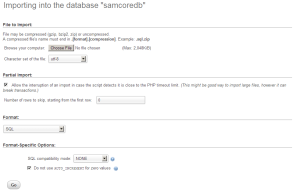I’ve been working on my clockin plugin for some time, and have nearly completed most of the graphs and the basic functionality, but theres a couple of things that I still need to do. So It leaves to question, when is the right time?
Well, I think it I believe, at this point in time, its project based. What are absolute necessities? For example, Even though I have the graph bases, I still need to grab the github trees and append those to the graph. I need to add each post type, when its updated to “recent posts” so they are easily accessible. There are time difference bugs where a month will show the same times for a different day then a weekday. As well as Timezone problems, allowing for projects to have appended Bug fixes and Enhancements. Showing on author page, loading all previous data from all my various locations (I’ve been working a ton, and I want to show it off)
In essence, Top Shelfing User Experience.
Then theres the error checking which will allow me to post this to the plugins like; When github Authorization for a user is taken away. Caching the pictures to promote speed. When a wordpress user is deleted, what do I do? Making sure that the dates are SEO compatible as well as graphs. When a readme is blank, not displaying one.
In essence very important things that I am not worried about right now since they don’t necessarilly all apply to me
But as I look at my fixes and enhancements, I start realizing how intertwined the plugin and theme enhancements are. So Can I truelly submit this as a plugin? Or is this just neat idea for my own personal setup? As I continue, only more enhancements arise, so when does it end? Or do I see it as a continuous project? Is wordpress the best place for this? Could I be doing it better? These are important questions I think everyone may have, and I believe working hard from working smart.
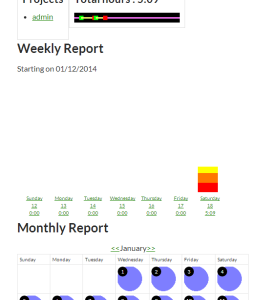
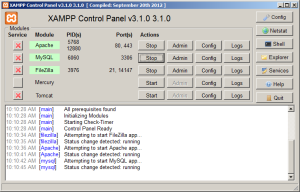
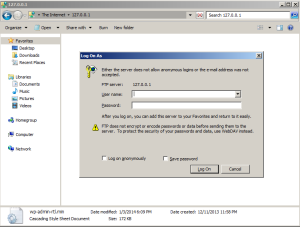
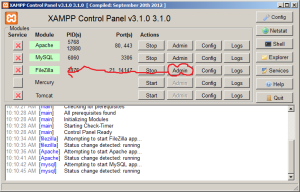
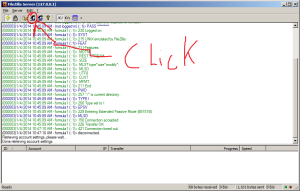
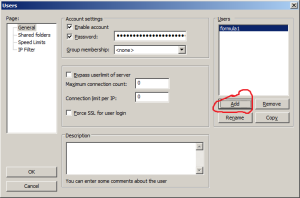 S
S